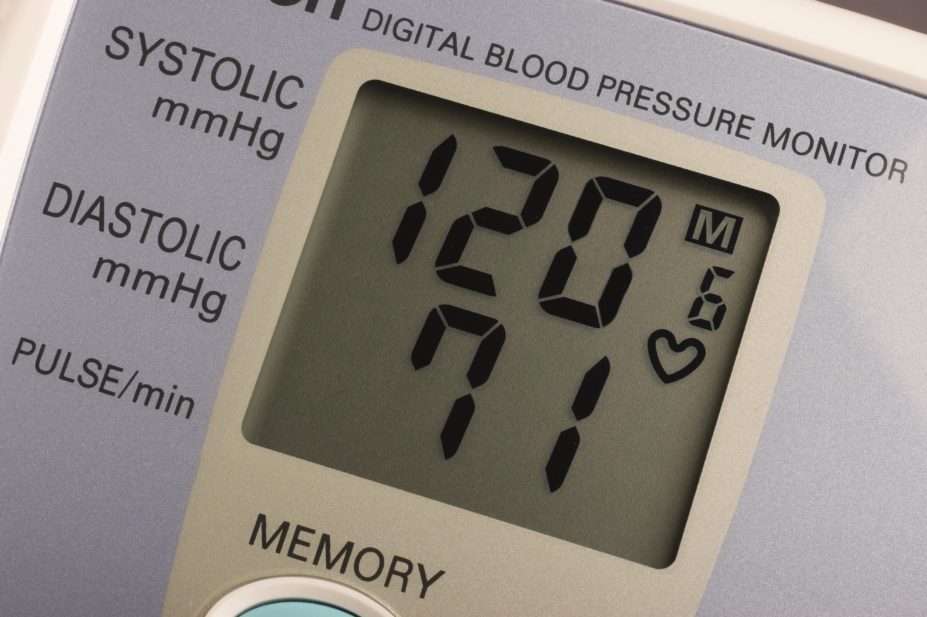
Universal Images Group Limited / Alamy Stock Photo
A target systolic blood pressure (BP) of 120mmHg — rather than 140mmHg — reduces rates of cardiovascular disease and risk of death in hypertensive patients aged 50 years and over, a study shows.
Initial findings from a landmark US study, known as SPRINT (systolic blood pressure intervention trial) and sponsored by the National Institutes of Health, suggest that the lower BP target reduces rates of cardiovascular events, such as heart attack and heart failure, as well as stroke, by almost a third and the risk of death by almost a quarter, as compared with a target systolic pressure of 140mmHg.
“This is a stunning finding,” says lead investigator Robert Toto, associate dean for clinical and translational research at UT Southwestern Medical Center. The finding has led the trial’s data and safety monitoring board to recommend termination of the blood pressure intervention earlier than planned. The trial results are expected to be published in the next few months.
Consultant cardiologist Stephen Hoole from Papworth Hospital says: “For the first time, we will potentially have trial evidence in patients with hypertension but without significant comorbidity of what we intuitively believed to be true from epidemiological studies – that the lower the systolic BP is, the better.”
Hoole points out that current guidance from the National Institute for Health and Care Excellence (NICE) recommends a systolic BP treatment target of <140mmHg for patients aged under 80 years and <150mmHg for those who are older.
The results were given a cautionary welcome by Helen Williams, consultant pharmacist for cardiovascular disease for South London: “The headline results from this study appear very promising. However, only a press release is available with no detail given regarding the absolute benefits of the treatment or any harm caused by more intensive treatment.”
Similarly, Sotiris Antoniou, consultant pharmacist at Barts Health NHS Trust, urged caution until all the data are published. “However,” he says, “this study should have significant implications for UK practice and warrant a change in the quality and outcomes framework payment system for GPs, where the audit standard is 150mmHg systolic for triggering payment.”
The aim of the SPRINT study, which began in 2009, was to evaluate the benefits of maintaining a new target for systolic BP among over 9,300 participants aged 50 years and over at increased risk of heart disease or who have kidney disease. Between 2010 and 2013, participants were divided into two groups: the standard group was treated to achieve a target systolic BP of less than 140mmHg; the intervention group were treated to achieve a target systolic BP of less than 120mmHg.
“The key message is not to delay adding in another therapy if an individual who is at high risk of cardiovascular disease — as stipulated within the study — has a blood pressure of around 140–150mmHg systolic, as is so often the case, thinking that a further push of modifiable risk factors or on another day, their blood pressure will be below the current clinic blood pressure target of 140mmHg,” says Antoniou.
Hoole adds: “These data will be particularly useful in the primary care setting to motivate patients who are otherwise well and physicians who have limited resources that investing time and effort to lower systolic BP to less than 120mmHg is beneficial.”


